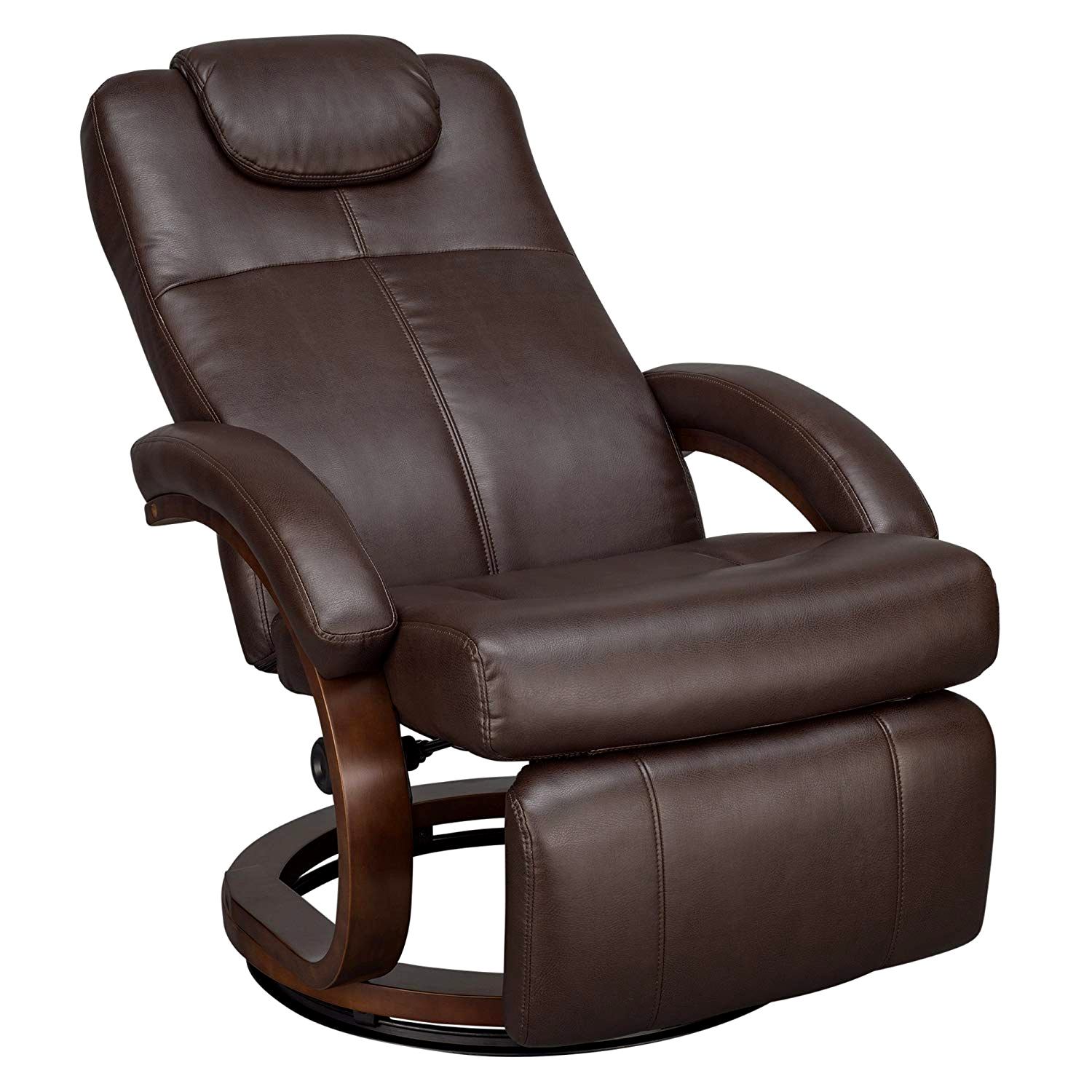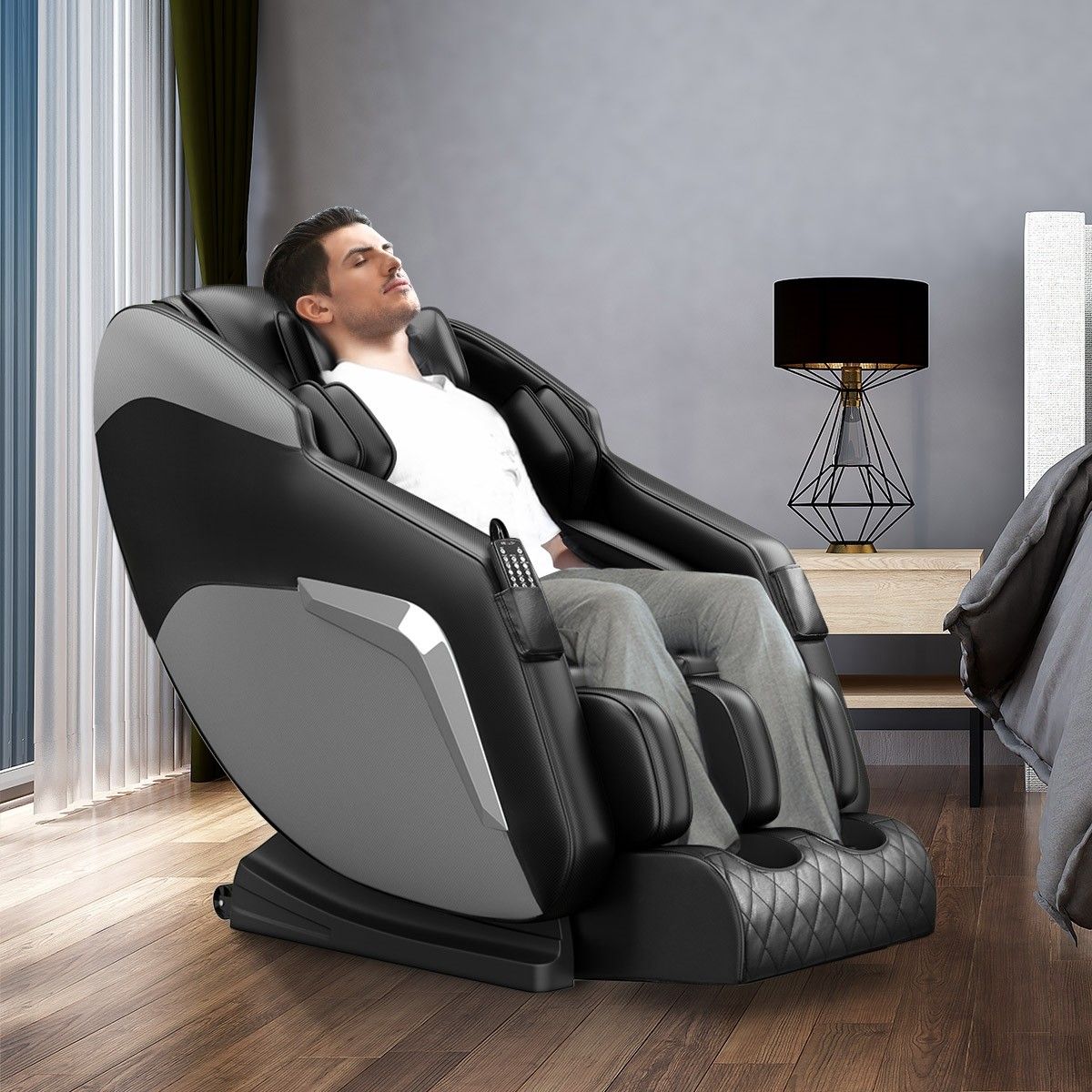What is Sciatica?
Sciatica is a common condition that causes pain, numbness, tingling, and weakness in the leg. It occurs when the sciatic nerve, the largest nerve in the body, is compressed or irritated. The sciatic nerve originates in the lower back and runs down the back of each leg.
Causes of Sciatica
Sciatica is typically caused by a pinched nerve in the lower back, which can be due to a variety of factors, including:
- Herniated disc: This occurs when the soft center of an intervertebral disc pushes out through the outer layer of the disc, compressing the sciatic nerve.
- Spinal stenosis: This condition occurs when the spinal canal narrows, putting pressure on the sciatic nerve.
- Spinal tumors: Tumors in the spine can compress the sciatic nerve.
- Spinal infections: Infections in the spine can irritate the sciatic nerve.
- Piriformis syndrome: This occurs when the piriformis muscle, located in the buttock, compresses the sciatic nerve.
Symptoms of Sciatica, Zero gravity chair for sciatica
The most common symptom of sciatica is pain that radiates down the leg from the buttock. The pain can be sharp, burning, or aching, and it may be worse when sitting, standing, or bending over. Other symptoms of sciatica may include:
- Numbness or tingling in the leg or foot
- Weakness in the leg or foot
- Difficulty walking or standing
- Pain that worsens at night
Anatomy of the Sciatic Nerve
The sciatic nerve is the largest nerve in the body, and it is formed by the joining of five nerve roots that originate in the lower back. The nerve runs down the back of each leg, passing through the buttock and down the back of the thigh. It then branches out into smaller nerves that supply the muscles and skin of the leg and foot.
Role of the Sciatic Nerve in the Body
The sciatic nerve plays a crucial role in the body, providing sensation and motor function to the leg and foot. It allows us to walk, run, and stand, and it also provides sensation to the skin on the back of the leg and foot.
Risk Factors for Sciatica
Certain factors can increase the risk of developing sciatica, including:
- Age: Sciatica is more common in people over the age of 30.
- Obesity: Excess weight can put pressure on the spine and increase the risk of a herniated disc.
- Occupation: People who work in jobs that require heavy lifting or repetitive bending and twisting are at higher risk.
- Sedentary lifestyle: Lack of exercise can weaken the muscles that support the spine, increasing the risk of sciatica.
- Smoking: Smoking can damage the blood vessels in the spine, which can lead to nerve compression.
- Diabetes: Diabetes can damage the nerves, including the sciatic nerve.
How Zero Gravity Chairs Can Help Sciatica

Imagine a chair that gently cradles your body, taking the pressure off your aching back and sciatic nerve. That’s the promise of a zero gravity chair, and it’s a promise that can bring significant relief to those suffering from sciatica.
How Zero Gravity Chairs Reduce Pressure on the Spine and Sciatic Nerve
Zero gravity chairs are designed to mimic the feeling of weightlessness, similar to what astronauts experience in space. This unique design offers several benefits for sciatica pain management. When you recline in a zero gravity chair, your body is positioned at a specific angle that reduces the pressure on your spine and sciatic nerve. This is because the chair distributes your weight more evenly, taking the strain off your lower back.
Key Features of Zero Gravity Chairs That Contribute to Sciatica Pain Management
The key features of zero gravity chairs that make them effective for sciatica pain relief include:
- Reclined Position: The reclined position of a zero gravity chair helps to reduce the pressure on the spine and sciatic nerve, promoting better blood circulation and reducing inflammation.
- Lumbar Support: Many zero gravity chairs feature adjustable lumbar support, allowing you to customize the chair to fit your specific needs and provide targeted relief to your lower back.
- Zero Gravity Angle: The zero gravity angle, typically around 128 degrees, helps to align your spine naturally, reducing stress on the sciatic nerve.
- Heat and Massage Features: Some zero gravity chairs come equipped with built-in heating and massage features that can further alleviate pain and promote muscle relaxation.
Choosing the Right Zero Gravity Chair

Finding the right zero gravity chair for sciatica can significantly impact your comfort and recovery. Consider the following factors to make an informed decision.
Chair Features
The features of a zero gravity chair play a crucial role in its effectiveness for sciatica relief.
- Lumbar Support: Look for chairs with adjustable lumbar support to provide targeted pressure relief and promote proper spinal alignment. This feature helps to reduce strain on the lower back and alleviate sciatic pain.
- Adjustable Recline: The ability to adjust the recline angle allows you to find the optimal position for your comfort and pain relief. A good zero gravity chair should offer a range of recline angles, including a true zero gravity position, where your legs are slightly elevated above your heart, reducing pressure on the spine and promoting blood circulation.
- Material: The material of the chair can impact its comfort, durability, and breathability. Consider options like breathable mesh fabric for better airflow and temperature regulation, or high-density foam for optimal support and comfort.
Chair Size and Weight Capacity
Determining the appropriate chair size and weight capacity is essential for comfort and safety.
- Chair Size: Measure your height and width to ensure a comfortable fit. Consider the chair’s overall dimensions and seat depth to ensure you have enough legroom and support.
- Weight Capacity: Always check the manufacturer’s recommended weight capacity to ensure the chair can safely support your weight.
Alternative Treatments for Sciatica

While zero gravity chairs can provide relief, other non-invasive treatments can also effectively manage sciatica pain. These therapies often address the underlying causes of sciatica, aiming to reduce inflammation, strengthen muscles, and improve overall mobility.
Physical Therapy
Physical therapy is a cornerstone of sciatica treatment. A physical therapist will assess your condition and develop a personalized exercise program tailored to your specific needs. These exercises often focus on:
- Strengthening core muscles: A strong core helps stabilize the spine and reduce pressure on the sciatic nerve. Examples include planks, bridges, and abdominal crunches.
- Stretching tight muscles: Tight hamstrings and hip flexors can contribute to sciatica. Stretching these muscles can improve flexibility and reduce nerve compression. Common stretches include hamstring stretches, hip flexor stretches, and piriformis stretches.
- Improving posture: Correct posture helps reduce strain on the spine and sciatic nerve. Physical therapists can teach you proper posture techniques and provide exercises to strengthen your back muscles.
Stretching Exercises
Regular stretching can be highly beneficial for sciatica, especially when combined with other therapies. Specific stretches can target the muscles surrounding the sciatic nerve, relieving pressure and promoting nerve health.
- Hamstring stretches: Lie on your back with one leg straight in the air. Gently pull the leg towards your chest until you feel a stretch in the back of your thigh. Hold for 30 seconds and repeat on the other side.
- Piriformis stretches: Lie on your back with one leg bent and the other extended. Gently pull the bent leg across your body towards the opposite shoulder until you feel a stretch in your buttock. Hold for 30 seconds and repeat on the other side.
- Knee-to-chest stretch: Lie on your back with your knees bent and feet flat on the floor. Pull one knee towards your chest and hold for 30 seconds. Repeat with the other leg.
Acupuncture
Acupuncture is a traditional Chinese medicine practice that involves inserting thin needles into specific points on the body. While the exact mechanism of action is not fully understood, acupuncture is believed to stimulate the body’s natural healing processes and reduce pain.
- Pain relief: Acupuncture can effectively reduce pain associated with sciatica by stimulating the release of endorphins, natural pain relievers produced by the body.
- Improved blood flow: Acupuncture may increase blood flow to the affected area, promoting healing and reducing inflammation.
- Reduced muscle tension: Acupuncture can help relax tight muscles surrounding the sciatic nerve, reducing pressure and pain.
When to Consult a Doctor: Zero Gravity Chair For Sciatica

While zero gravity chairs can offer relief for sciatica, it’s crucial to understand that they are not a substitute for professional medical advice. In some cases, sciatica might require more specialized medical attention.
Warning Signs Requiring Medical Attention
It’s important to seek medical advice if you experience any of the following warning signs, as they could indicate a more serious underlying condition:
- Sudden onset of severe pain, especially if it’s accompanied by weakness or numbness in your legs or feet.
- Loss of bladder or bowel control.
- Fever or chills.
- Pain that worsens despite rest and over-the-counter pain relievers.
- Pain that radiates down both legs.
- Persistent pain that lasts for more than a few weeks.
Seeking Professional Medical Help
If your sciatica pain is persistent, worsening, or accompanied by any of the warning signs mentioned above, it’s crucial to schedule an appointment with your doctor. They can help determine the underlying cause of your sciatica and recommend the most appropriate treatment plan.
Potential Complications of Untreated Sciatica
While sciatica usually resolves on its own within a few weeks, untreated sciatica can lead to complications such as:
- Chronic pain: Persistent sciatica can become a chronic condition, making it difficult to manage daily activities.
- Nerve damage: In severe cases, prolonged pressure on the sciatic nerve can lead to nerve damage, resulting in permanent weakness or numbness.
- Cauda equina syndrome: This is a rare but serious condition that occurs when the nerve roots in the lower spinal cord are compressed. It can lead to loss of bowel and bladder control, as well as paralysis.
Zero gravity chair for sciatica – Zero gravity chairs, designed to alleviate pressure on the spine, are popular for sciatica sufferers. While these chairs offer a reclined, weightless feel, some prefer the dynamic motion of a big round spinning chair. These chairs can provide a gentle, rhythmic motion that may help loosen tight muscles and improve circulation, potentially offering relief from sciatica pain.
Zero gravity chairs, designed to alleviate pressure on the spine, are often recommended for those suffering from sciatica. The principles of comfort and support are similar to those behind the big boy quad chair , a piece of furniture known for its robust construction and plush seating.
While the quad chair focuses on overall comfort and style, zero gravity chairs prioritize relieving pain and promoting proper spinal alignment, making them a popular choice for sciatica sufferers.